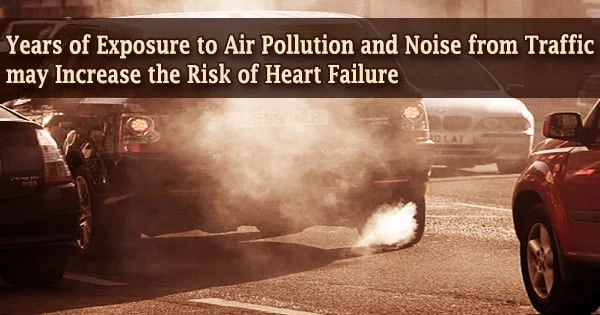The main environmental health risk factor in the globe is ambient fine particulate matter (PM2.5). These particles, which are 2.5 micrometers in size or less, are small enough to be breathed and can lead to cardiovascular disorders like heart attacks and high blood pressure as well as respiratory concerns like bronchitis and asthma.
For children, PM2.5 can cause lifelong developmental issues, and for the general population, PM2.5 is associated with premature death.
Several nations have taken action to decrease exposure to PM2.5 in an effort to lessen the wide-ranging harmful effects caused by this airborne particle, which is primarily created by burning wood or fossil fuels.
But how effective have these mitigation efforts been, and what region or regions are most responsible for driving global PM2.5 reduction?
Researchers working with Randall Martin, the Raymond R. Tucker Distinguished Professor in the McKelvey School of Engineering at Washington University in St. Louis, examined PM2.5 data from 1998–2019 to find out.
“The importance of PM2.5 as a leading risk factor for human health motivates assessment of its long-term changes,” Martin said. “We sought to analyze our satellite-derived PM2.5 estimates for insight into global and regional changes in PM2.5 exposure and its health effects.”
The team’s analysis, which was published in Nature Communications, revealed that global, population-weighted PM2.5 exposure increased from 1998 to a peak in 2011, then steadily decreased from 2011 to 2019, primarily due to exposure reduction in China and slower growth in other regions. This pattern was related to both pollution levels and population size.
By combining PM2.5 data with health data and exposure-response models, we also revealed that despite the recent sustained reduction of global PM2.5 pollution, population aging and growth are now the main challenges in alleviating PM2.5 health impacts. Reducing the same amount of PM2.5 now will have stronger health benefits than it would have 20 years ago, a globally prevalent phenomenon highlighted in our study.
Chi Li
“Before this work, there was a knowledge gap regarding quantitative local/regional contributions to global population exposure to PM2.5 and its changes,” said Chi Li, first author on the study and a staff scientist in Martin’s research group. “We developed a new regional decomposition approach that jointly considered pollution level and population size, and from that we depicted the first-ever time series of regional contributions to global PM2.5 air pollution.”
Li found that many regions have exhibited decreasing exposure since 2011, including continuous reductions in North America and western Europe. He described recent emerging decreases in China as particularly striking.
“Rigorous air quality management in China, which has been most pronounced since 2013, turned out to be the biggest contributor to this global reversal,” Li said. “More than 90% of the reduction of global mean exposure from 2011 to 2019 is from China, according to our regional attribution. This result was astonishing when it was derived, but it could be explained well by the rapid reduction of PM2.5 concentrations due to China’s mitigation efforts, which benefit nearly one-fifth of the global population.”
Benefits from PM2.5 exposure reduction include 1.1 million fewer premature deaths in China alone between 2011 and 2019, as well as improved health more generally. Future interventions to reduce PM2.5 exposure will have even greater impacts for an aging and growing global population, Li said.
“By combining PM2.5 data with health data and exposure-response models, we also revealed that despite the recent sustained reduction of global PM2.5 pollution, population aging and growth are now the main challenges in alleviating PM2.5 health impacts,” Li said. “Reducing the same amount of PM2.5 now will have stronger health benefits than it would have 20 years ago, a globally prevalent phenomenon highlighted in our study.”
The team estimated that there will still be millions of preventable deaths worldwide in 2019, underscoring the critical need for further reductions in PM2.5 exposure.
“Careful monitoring, especially in regions that are currently poorly monitored but highly populated, including South Asia and the Middle East, will be critical to ongoing improvements in air quality and to evaluate the effectiveness of mitigation efforts,” Martin said.
“There is need to continue to sustain and develop global monitoring capabilities for PM2.5 both from satellite, but also from ground-based measurements,” Martin said. “The successes in PM2.5 reductions serve to demonstrate the benefits of PM2.5 mitigation efforts, and to motivate further mitigation.”
















